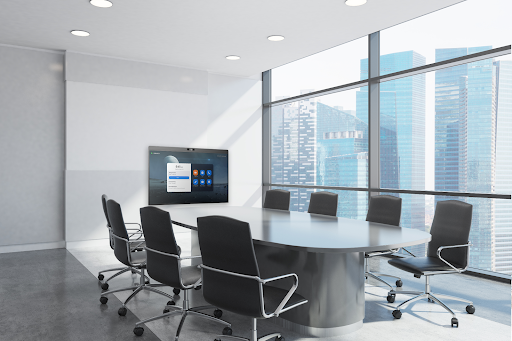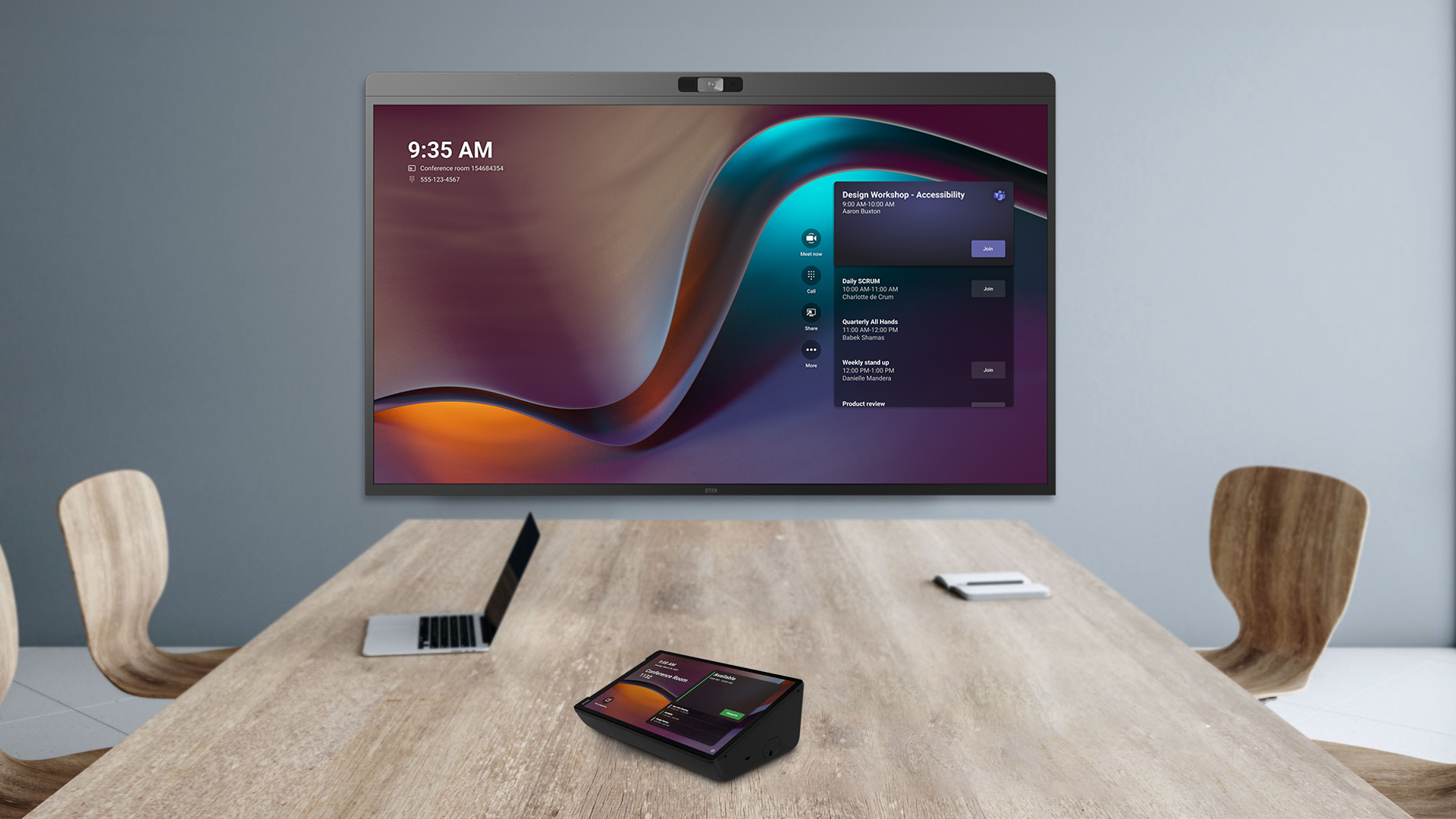Capacitive Touch Powers Seamless Collaboration
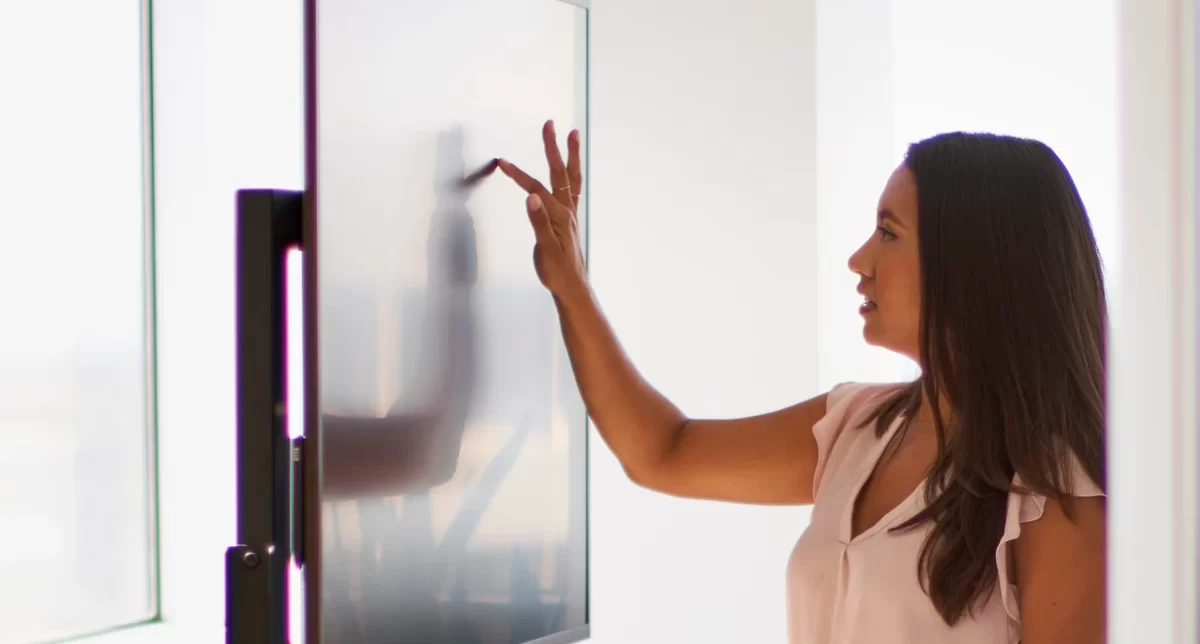
Touch technology has become the invisible backbone of modern collaboration. From smartphones to large-format displays, devices with capacitive touch have become industry standard—a technology first introduced in consumer devices in the early 2000s and now essential to professional collaboration tools.
Responsiveness Matters
Unlike older resistive touchscreens that relied on pressure, capacitive touch uses the electrical properties of the human body to detect input. The result is a fast, highly accurate, and multi-touch experience. This responsiveness matters, especially in collaboration devices that rely on touch. In collaborative environments including huddle room brainstorming or annotating during a remote meeting, latency can derail momentum. In other words, if the whiteboard is three steps behind your finger or stylus, you tend to hesitate. Waiting for the strokes to appear or the gestures to register interrupts the free flow of ideas. What should feel like natural collaboration instead becomes frustration.
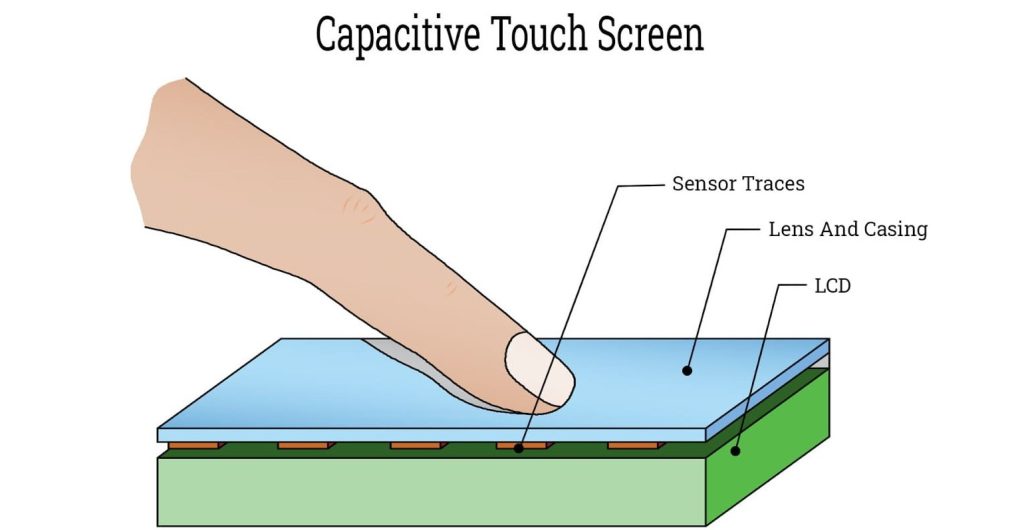
The human brain perceives delays beyond about 50 milliseconds as noticeable lag. Anything faster than that feels instant and natural, like writing on paper or moving a physical object. This level of responsiveness ensures that when a colleague uses an interactive whiteboard, annotates a chart, or navigates slides, the interaction occurs in real-time. That keeps the focus on the conversation, not the technology.
Military Origins
The roots of the “50 millisecond” benchmark can be traced back to military research on pilot performance. During the Cold War, the U.S. Air Force and Navy conducted human factors studies to determine how quickly a pilot could detect a signal and act. Reaction times for pressing a button averaged 200–250 milliseconds, but engineers found that even delays as small as 50–100 milliseconds in cockpit instruments made controls feel sluggish. That margin could mean the difference between precision and error in high-stakes flight.
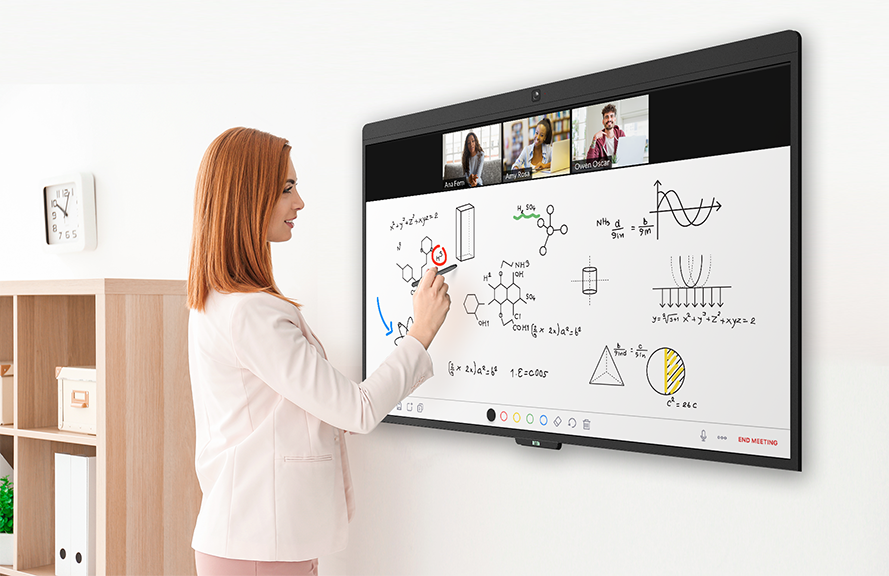
Fitts’s Law, named after the researcher Paul Fitts, mathematically described the speed/accuracy tradeoff in human movement. These insights fed directly into the merging field of human–computer interaction.
By the 1970s, computing pioneers and UX researchers adopted the 50ms threshold as a practical guideline: below that point, interactions feel instantaneous; above it, users notice lag and lose their natural flow. This is why collaboration devices with capacitive touch screens like the DTEN D7X series stay well below the 50ms boundary to deliver a seamless, pen-on-paper feel. In fact, our devices consistently fall under 30ms.
DTEN Embraces Capacitive Touch
At DTEN, every device we create with a screen, from our larger all-in-one devices, companion ONboard, to our DTEN Mate controllers, features capacitive touch. The goal is to make technology invisible, allowing teams to focus on connecting, creating, and collaborating without barriers. Collaboration devices with capacitive touch eliminate lag and ensure accuracy, empowering users to keep conversations moving and ideas flowing, exactly as they were intended.





